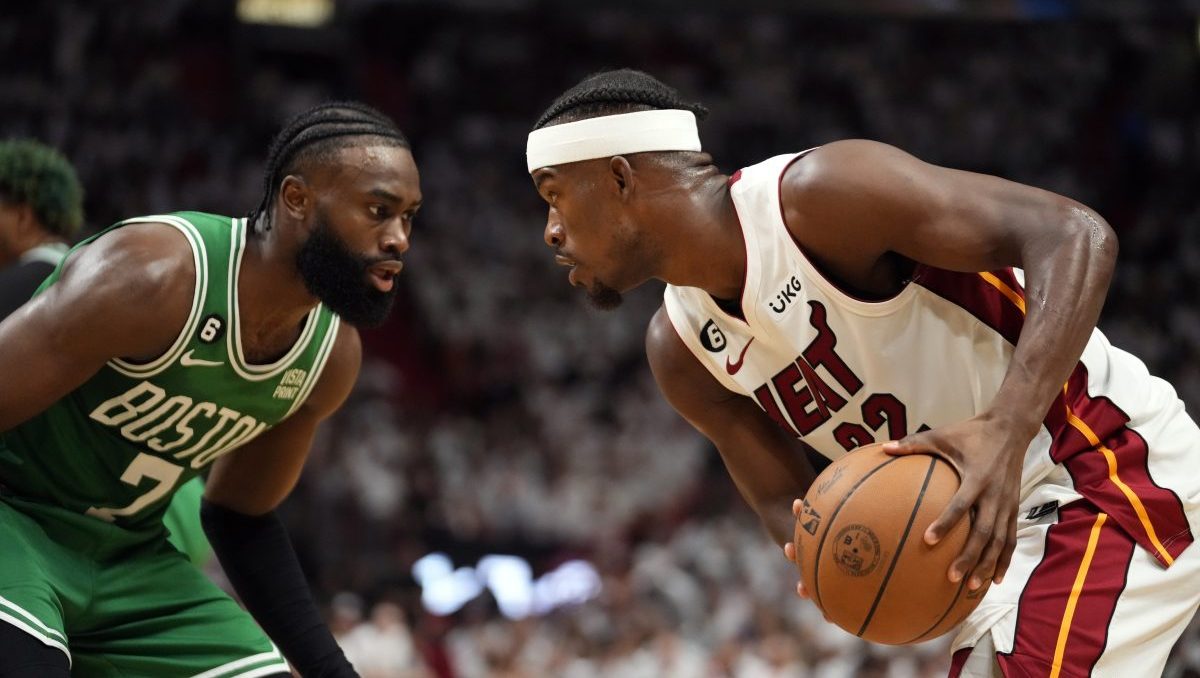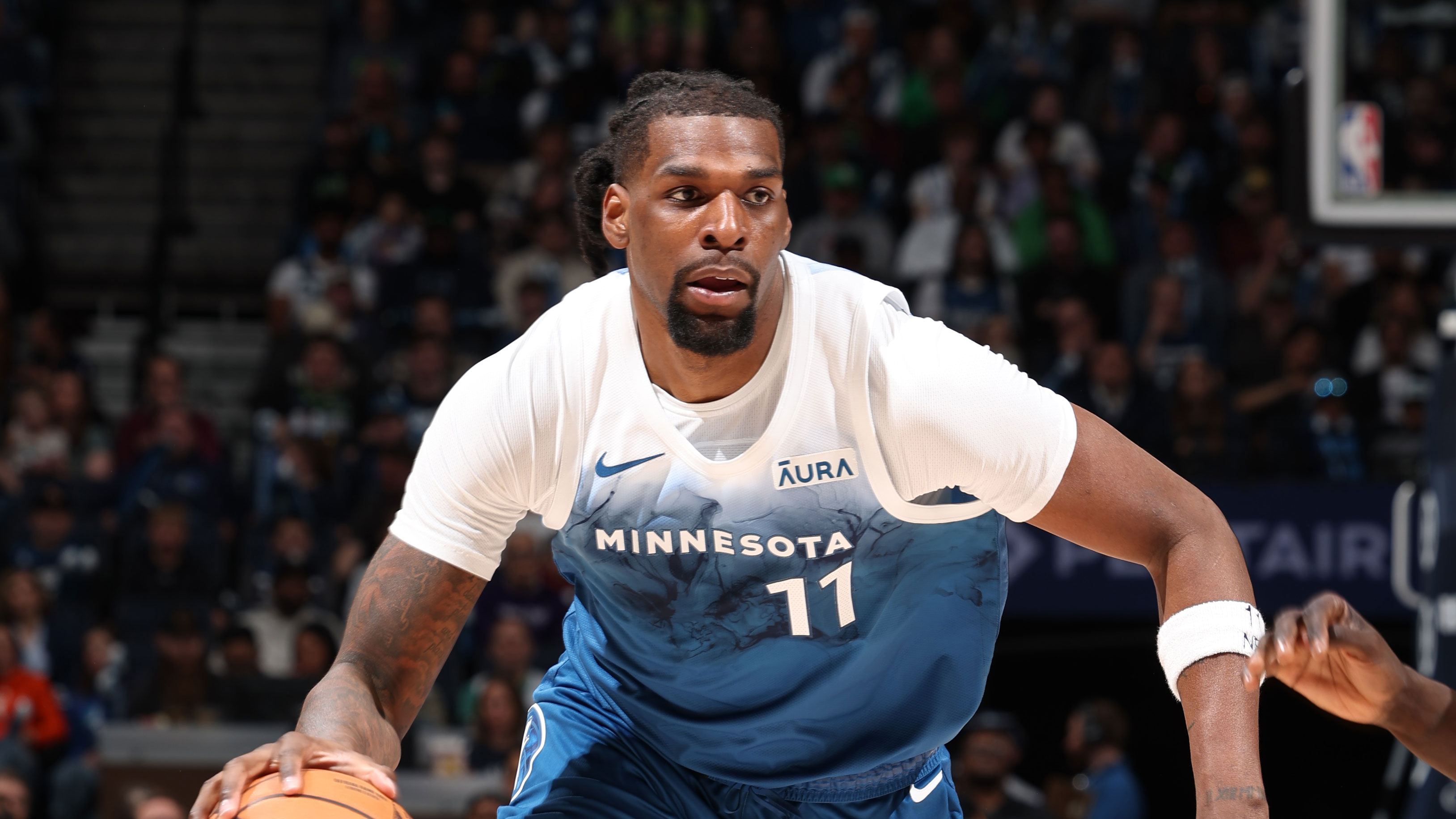The Sixers are 6-1 since the All-Star break despite Joel Embiid having only completed one half of one game. Ben Simmons has also been sidelined for three games, Seth Curry for two.
As we expected when Embiid suffered a left knee bone bruise, the Sixers haven’t been able to win without him simply by leaning on a single player.
They’ve had the league’s best defense after the All-Star break, sporting a 100.3 defensive rating in non-garbage time minutes (all statistics in this story per Cleaning the Glass). Tobias Harris provided clutch scoring last week against the Knicks. Danny Green kept a level head and saved the Sixers from a bad loss Sunday night at Madison Square Garden. The team's offensive execution was excellent against the Spurs and Kings.
Stay in the game with the latest updates on your beloved Philadelphia sports teams! Sign up here for our All Access Daily newsletter.
In the video above, we focus on two interesting areas during this period without Embiid: Dwight Howard’s occasionally adventurous instincts and Ben Simmons’ play as a center and as a screener. Please feel free to watch that video first and come back here for a few additional thoughts on those topics.
Howard’s adventurous side
Howard has averaged a double-double (10 points, 11.9 rebounds) since the All-Star break. His effort, rebounding and physicality have all been clear positives for the Sixers.
Howard’s coast-to-coast trips with the ball, ambitious passes and mid-range jumpers have been much more of a mixed bag. Howard has a 24.6 turnover percentage, which would be the worst of his career. In most cases, the Sixers don’t need him to try for anything special on the playmaking front.
NBA
Though he’s made 20 of 38 two-point shots not at the rim (52.6 percent) and four three-pointers this season, jump shooting has not historically been his forte.
“It’s just confidence,” Howard said last Wednesday. “I’ve been practicing it every day, just getting out every day and just shooting, not worrying about if I make it or miss it. Just letting it fly. It’s been falling lately. I’m going to continue to practice, continue to have more confidence in myself and in that (mid-range) shot. I think it’ll bring just another dynamic to our team, especially in the pick-and-roll. My teammates found me in some good spots and it looked good, so got to let it go. The crowd loved it, so it’s a good thing.”
It’s great that Howard believes in and works on his shot, but the 35-year-old rolling hard to the rim would almost always be a better option in an important playoff game than him popping and firing a mid-range jumper.
Worth keeping in the back pocket
Lineups in which Howard and Simmons share the floor have not done well overall.
Such units have a minus-7.4 net rating in 537 non-garbage time possessions despite being above league average defensively. The Sixers have a 104.1 offensive rating (ninth percentile) and 17.3 turnover percentage (third percentile) in Howard-Simmons lineups.
We’ve known for a while that Simmons is best when the players around him can shoot and space the floor. Al Horford wasn’t a good fit with Embiid, to state the obvious, but his willingness to shoot threes, low-turnover game and playmaking skill were useful qualities next to Simmons as long as Embiid was on the bench.
Sixers lineups last year with Simmons on the floor, Embiid off of it and Horford at center had a 114.3 offensive rating (81st percentile) and plus-7.0 net rating. The odd long-range jumper from Howard doesn’t make him similar to Horford.
If the Sixers add a big man before Thursday's trade deadline who regularly shoots threes, perhaps the team’s backup center picture for the playoffs will be different. If they don’t, it’s still worth considering some minutes with Simmons at center, which we’ve seen in sporadic doses.
Assistant coach Dave Joerger noted on March 10 that the Sixers might incorporate that look more often down the line as they prepare for the playoffs.
“Well, certainly it’s been a small sample size so far,” he said. “It has been positive when we’ve done it, and there’s been times where we’ve had to do it out of necessity — in case of emergency, break glass kind of deal. And then I think we saw some things. You never really know your team — (longtime NBA analyst and former coach) Hubie Brown used to say it and (head coach Doc Rivers) I have talked about this — it can take 50 games to learn your own team when you come in new. We’re learning.
“Ben as the screener in pick-and-rolls has been a problem for teams, whether he’s at the center or not. But specifically when he is at the center, setting ball screens and rolling into open space, he’s a real problem. Now he’s got his momentum going downhill towards the goal and, with as tremendous of a passer as he is, people don’t know, should I help or not? It is something positive for us. We’re trying to play a little bit more free-flowing but as time comes down to the playoffs, execution is the most important thing offensively to win close games, and we’ll be much more intentional, I think, later on in the year about getting to that.”
Space for Simmons to exploit his inevitable quickness advantage is key when he’s at center. Once it’s clear that no fast-break opportunity is available, it’s important for the Sixers to be purposeful about spacing the floor to maximize his chances of a productive play in half-court offense.
Playing in transition is always a good thing when he’s on the floor. When the opposition is using a traditional center, doing so removes that player from his comfort zone. And, when both the Sixers and their opponent are playing small, Simmons can pressure the defense in transition by creating cross-matches and leading defenders to help off three-point shooters because of their elevated concern about Simmons scoring in the paint.
Simmons at center isn’t a perfect solution, in part because of the rim protection drop-off covered above, but it should absolutely remain in the mix for the Sixers.


